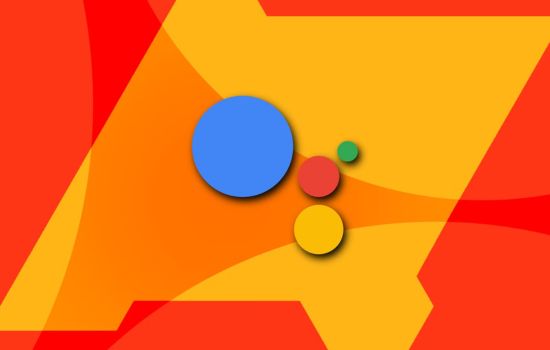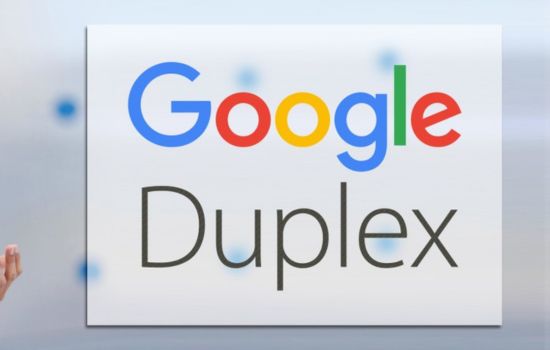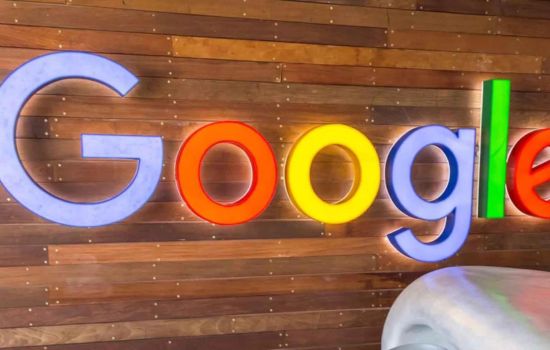Google recently announced the release of two new web crawlers, expanding its already powerful tool set for indexing the immense information on the internet. These new crawlers, dubbed “Google-Read-Aloud” and “Google Duplex Web,” are intended to meet specific demands and improve the user experience in various ways.
Table of Contents
New Web Crawlers:
This blog will look at what these crawlers do, what they mean for web developers and SEO specialists, and how they fit into the bigger picture of Google’s services and internet architecture.
Understanding Web Crawlers:
Before we understand the intricacies of Google’s new features, it’s important to understand what web crawlers are. Web crawlers, called spiders or bots, are automated scripts that systematically search the internet. These crawlers follow links from one page to the next, collecting and storing information about the pages they visit.
Google-Read-Aloud: Enhancing Accessibility:
What is Google-Read-Aloud?
Google Read Aloud is a crawler that enhances the accessibility of web information. It is part of Google’s ongoing efforts to make the web more accessible to people with impairments. This crawler searches web content for text-to-speech technologies, which allow users to have web pages read aloud to them. This service is especially advantageous to visually challenged users and those who prefer aural learning.

Implications for Web Developers:
For web developers, Google underlines the need of developing accessible web content. This crawler will index websites more effectively if they have clear, well-structured HTML and use semantic components appropriately. To ensure that text may be easily extracted by such technologies, avoid using non-standard HTML, JavaScript-heavy material, or text embedded in images that lack alternate descriptions.
SEO Considerations:
From an SEO standpoint, Google emphasizes the importance of following accessibility requirements. Google’s ranking algorithms now place a higher priority on accessibility. Websites that are optimized for accessibility not only reach a larger audience, but they may also earn preferential treatment in search results. Adding ARIA (available Rich Internet Applications) roles and ensuring that all interactive elements are available via keyboard navigation are two measures that can help improve a site’s accessibility.
Google Duplex Web: Advancing Conversational AI
What is Google Duplex Web?
Google Duplex Web is a web-based version of Google’s Duplex technology, which is well-known for its conversational AI capabilities. Originally designed for making restaurant reservations and booking appointments over the phone, Duplex is now capable of performing complex tasks on the internet, such as filling out forms, completing transactions, and navigating multi-step processes on websites.

Implications for Web Developers:
The availability of Google Duplex Web requires developers to analyze how well their websites interact with automated agents. Making sure that forms are well-structured, navigation is intuitive, and processes are simple might help you interact with Duplex more smoothly. This is also consistent with the general trend of automation and AI integration in web services.
Integrating the New Crawlers:

Best Practices for Webmasters:
To optimize for these new crawlers, webmasters should:
Adhere to Web Standards:
Use clean, semantic HTML and follow W3C guidelines.
Enhance Accessibility:
Implement ARIA roles, provide alternative text for images, and ensure keyboard navigability.
Simplify Navigation:
Ensure that forms and interactive elements are straightforward and error-free.
Optimize for Voice Search:
Include natural language keywords and consider the context of conversational queries.
Monitoring and Reporting:
Webmasters should use Google Search Console and other analytics tools to track how their sites interact with these crawlers. Identifying how frequently these crawlers visit, what pages they index and any problems they face can yield useful information. Regular audits and modifications to the site’s structure and content can ensure long-term optimization.
Conclusion:
The release of Google-Read-Aloud and Google Duplex Web demonstrates Google’s dedication to improving web accessibility and incorporating powerful AI capabilities. These new crawlers provide web developers and SEO specialists with both opportunities and challenges. Websites should better match with these advances by prioritizing accessibility, streamlining web interactions, and optimizing for natural language processing. As the web evolves, remaining knowledgeable about these technologies will be vital for sustaining and expanding your online presence.

